In the first installment I mentioned Troublefield. When the Spring wild flowers are in bloom the water meadow shimmers with invertebrate delight. Both Banded and Beautiful Demoiselles decorate the foliage and Scarce Chasers explode with fresh citrus delight.
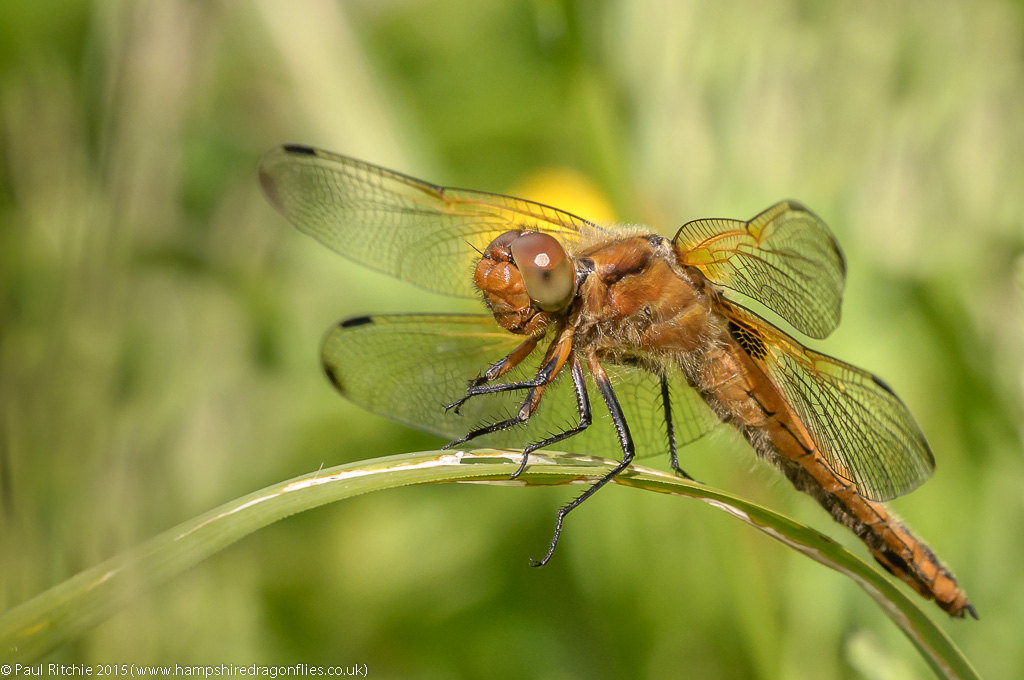
Bramshill Common has also become a real favourite of mine, and this season I spent as much time there as possible. Plenty of nooks and crannies to explore, and plenty of surprises to be had.
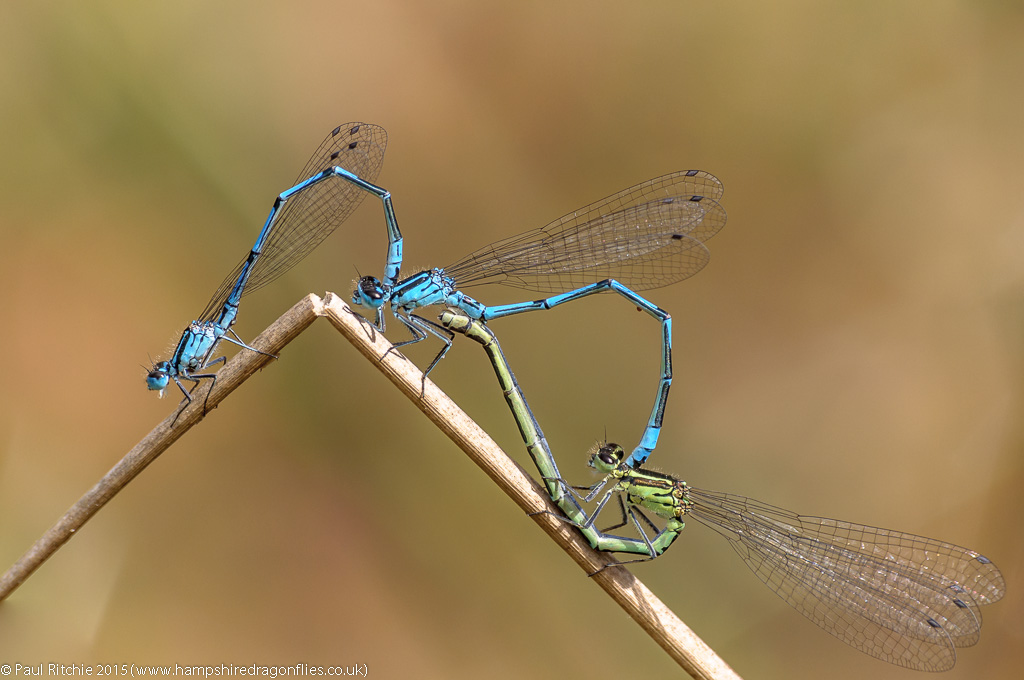
Another delight this season was the discovery of a new pond at Bentley Wood, which took a little finding, but it was worth it. Emperor dominated supported by good populations of Broad-bodied and Four-spotted Chaser, Downy Emerald and a selection of damsels.
With such a large population of Emperor this had to be the place to finally bag a shot of a mating pair, and on my second visit I had the choice of three.

A private site in the New Forest was ripe for exploration, being the most likely place to find an influx of Red-veined Darter. Sure enough, on Saturday 13th June I had an all-too-fleeting glimpse of a male. Unable to relocate this prize, I continued my transect to be greeted with a small, but thriving, population of Scarce Blue-tailed.

Mid June is the ideal time for the heathland summer specialists, the Black Darter, Common Emerald and Small Red. Town Common near Christchurch, again a real favourite, is my go-to place for this trio of summer delights.
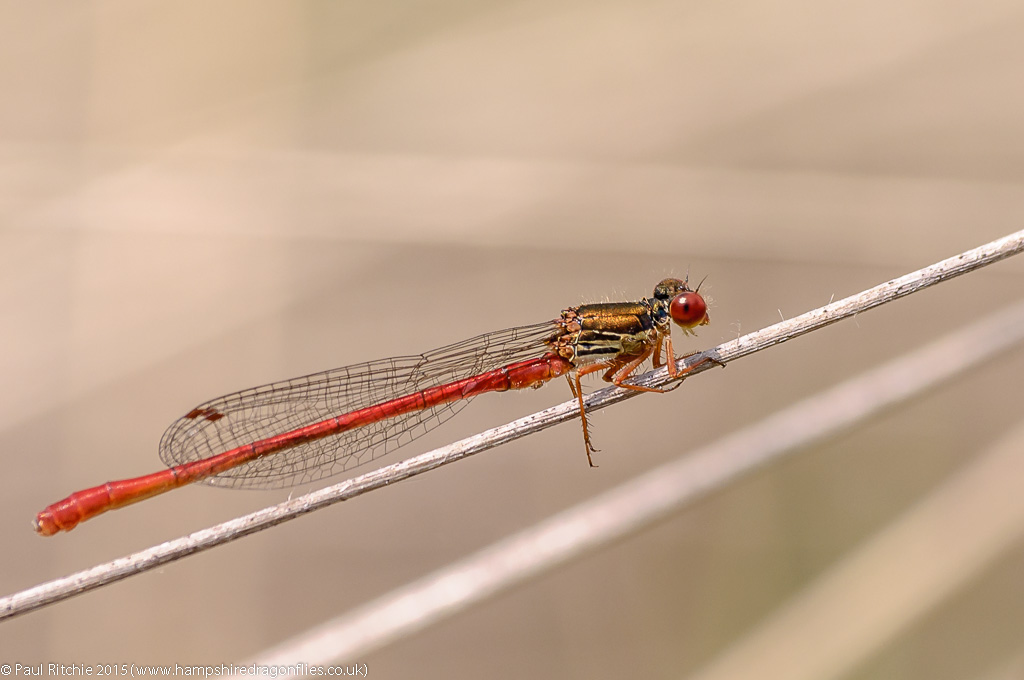
Buoyed on by adding these three to my season’s list, I thought I’d try to bag a few more along Ober Water, and I didn’t have to wait long for the first Southern Damselflies and White-legged, followed shortly after by the Keeled Skimmer. Now that’s a good day!
Having found Scarce Blue-tailed elsewhere I had to give Latchmore a look in. Disappointingly not the swarms I was expecting based on previous years, but some tenacious searching we came across a few males and a most welcome mating pair.
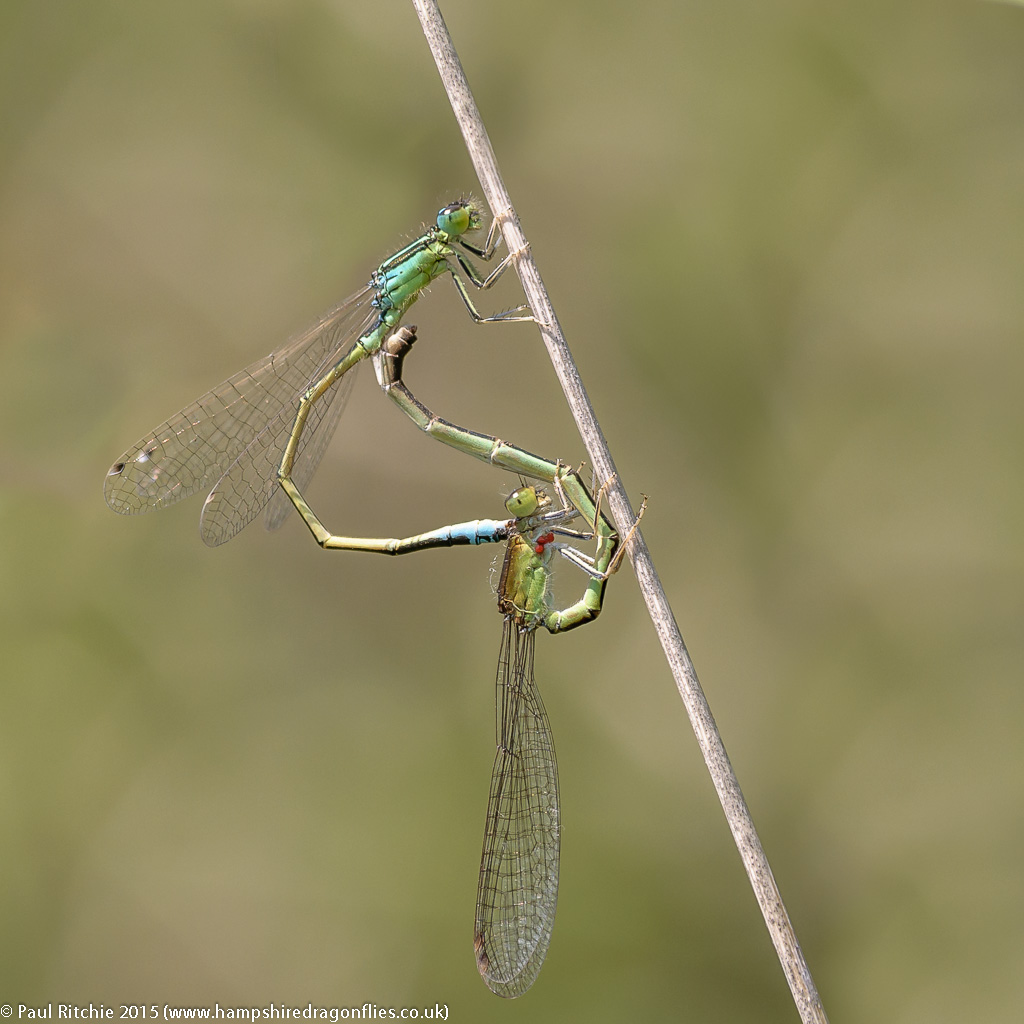
I returned the following week in search of the holy grail – the aurantiaca-phase female

Late June is one of the best times to take a river stroll, and Ober Water always provides the peace and tranquility to indulge, and the Golden-ringed always gives good sport.
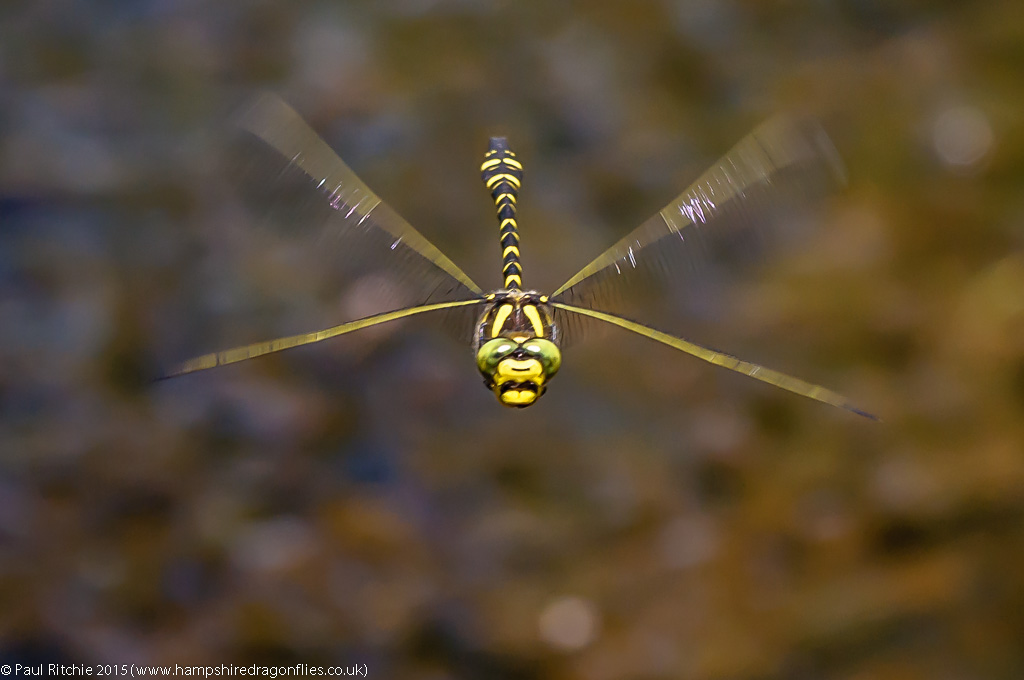
We rounded off a productive month with a return visit to Westbere Lakes in east Kent for a chance to re-engage with those magnificent Green-eyed Hawkers.
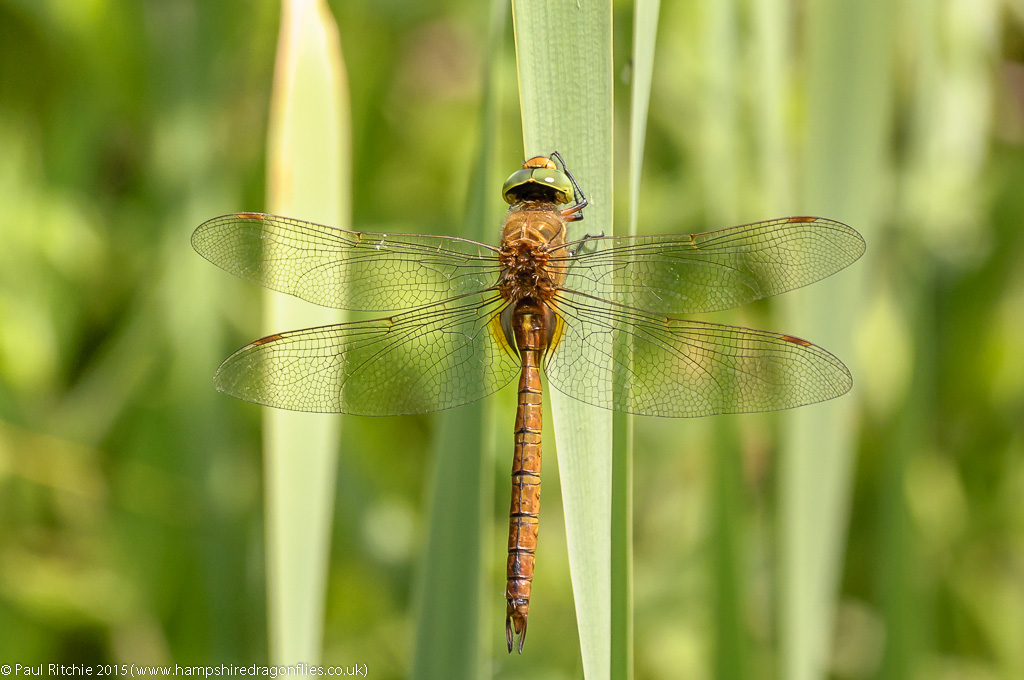
A perfect end to a fabulous month.
